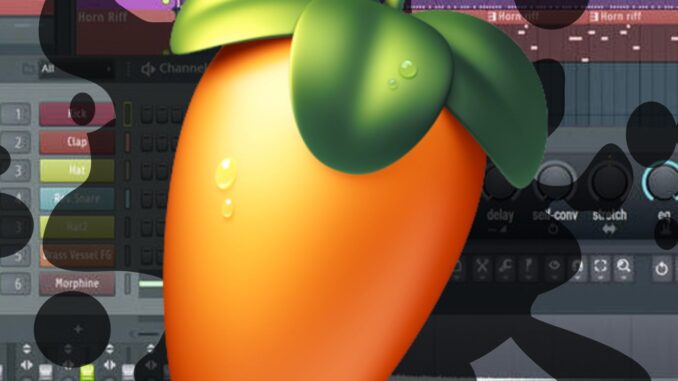

FL Studio, formerly known as Fruity Loops is a powerful digital audio workstation that offers musicians, producers, and beatmakers an extensive suite of tools to create, mix, and master their music. This software has been around for over 20 years and has become a staple in the music production industry, known for its ease of use and versatility. Whether you’re new to music production or just want to learn how to use FL Studio, this beginner’s guide will give you a comprehensive understanding of how to create music using this software. Here are 5 essential tips for creating music on FL studio for beginners.
Tip 1: Familiarize yourself with the interface
The first step in creating music with FL Studio is to get comfortable with the interface. This can seem overwhelming at first, but it’s essential to take your time and familiarize yourself with the different windows and functions within the software. Start by exploring the Browser, which allows you to manage your files and plugins, the Channel Rack, which is where you add and arrange your virtual instruments and samples, and the Step Sequencer, which is the heart of FL Studio’s beat making capabilities. Before diving into the creation process, it’s essential to get familiar with the FL Studio interface and its various functions. Take some time to navigate the interface and understand the different windows, such as the Channel rack, Piano roll, Playlist, Mixer, etc.
Tip 2: Experiment with different sounds and plugins
One of the great things about FL Studio is the vast library of sounds, plugins, and virtual instruments that are available. To start creating your music, experiment with different sounds and plugins to find the right one that fits your creative vision. You can also use the in-built instruments and plugins, such as the 3xOSC synthesizer or the Fruity Loops Piano Roll, to create your own sounds. FL Studio provides a range of templates that cater to different genres, making it easy for beginners to get started. Pick a template that aligns with the type of music you want to create and use it as a starting point. You can use the built-in samples, loops, and instruments or add your own to enhance the template.
Tip 3: Use the step sequencer to create beats
The Step Sequencer in FL Studio is where you can create beats and rhythms. To get started, add a virtual drum machine or sample to the Channel Rack and then use the Step Sequencer to create your drum patterns. You can also use the Step Sequencer to create basslines, melody lines, and chord progressions. FL Studio has a wide range of virtual instruments, including synths, pianos, drum kits, and others, that you can use to create your music. Experiment with different virtual instruments and find the ones that work best for you. Try layering different instruments to create a more complex sound.
Tip 4: Mix and master your tracks
Once you’ve created your beats, it’s time to mix and master your tracks. FL Studio offers a wide range of tools to help you balance levels, equalize frequencies, add effects, and finalize your mix. Use the mixer to adjust volume levels and add effects to your individual tracks, and the mastering tools to finalize your mix and prepare it for release. Effects and plugins can take your music to the next level by adding depth, texture, and character. FL Studio has a vast library of effects and plugins, including reverb, delay, compression, and others, that you can use to shape and enhance your sound.
Tip 5: Collaborate with other musicians and producers
FL Studio allows you to collaborate with other musicians and producers by sharing projects and working together on the same song. You can also use the software’s online community, FL Studio Loops, to find and collaborate with other musicians, share ideas, and get feedback on your music. Like any other skill, creating music on FL Studio requires practice and refinement. Keep experimenting and refining your skills, and don’t be afraid to make mistakes. The more you practice, the better you’ll become at using FL Studio and creating music that meets your vision and expectations.
FL Studio is a powerful and versatile digital audio workstation that offers musicians and producers an extensive suite of tools to create, mix, and master their music. Whether you’re new to music production or just looking to expand your skills, FL Studio is an excellent choice for creating high-quality music. So dive in, experiment, and have fun creating music with FL Studio! We hope you found some vital information with these 5 essential tips for creating music on FL studio for beginners.

